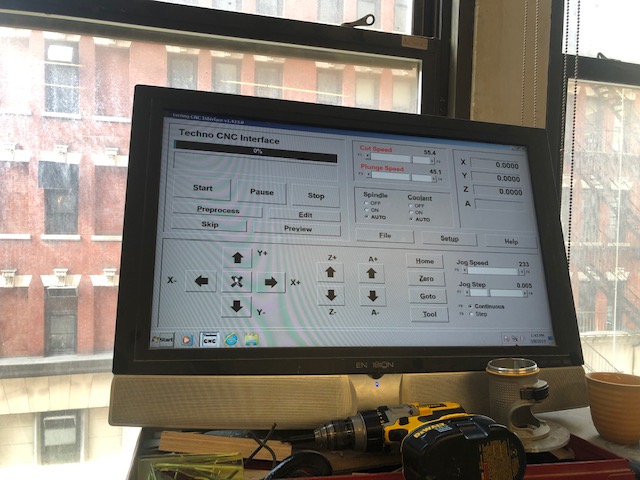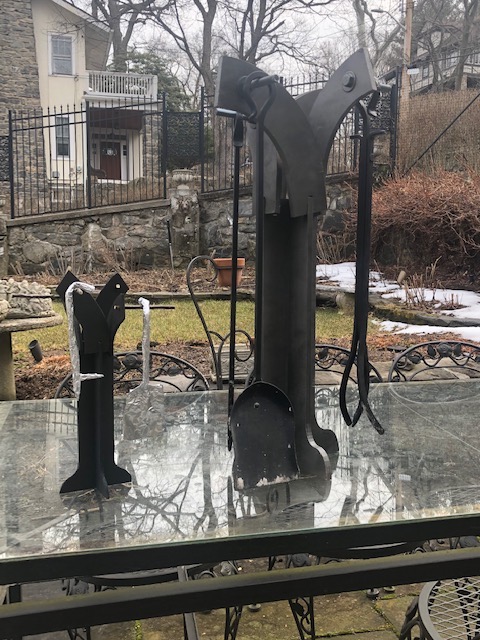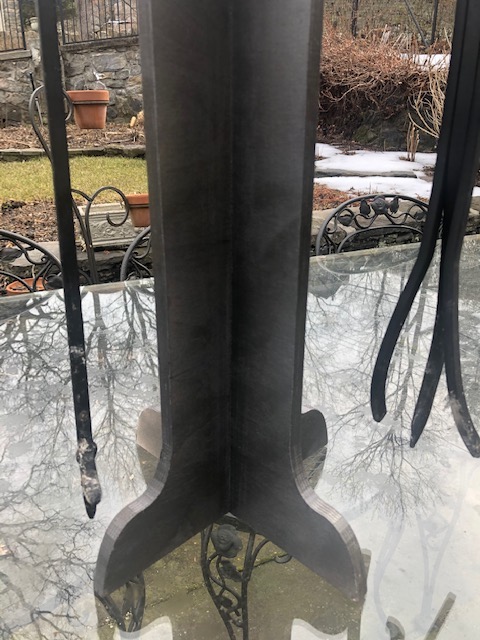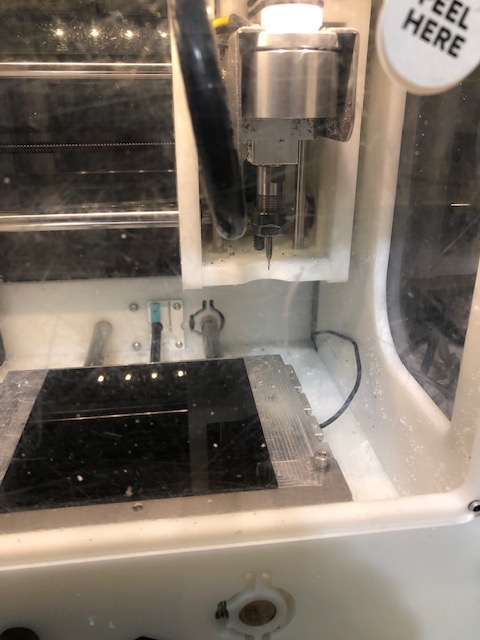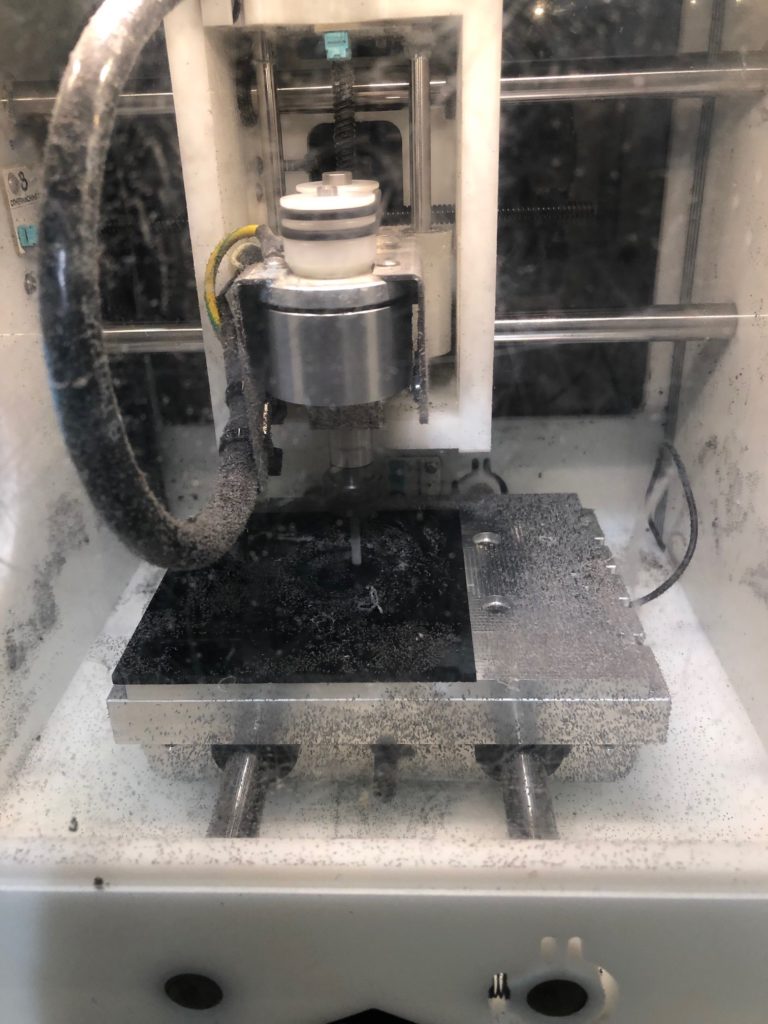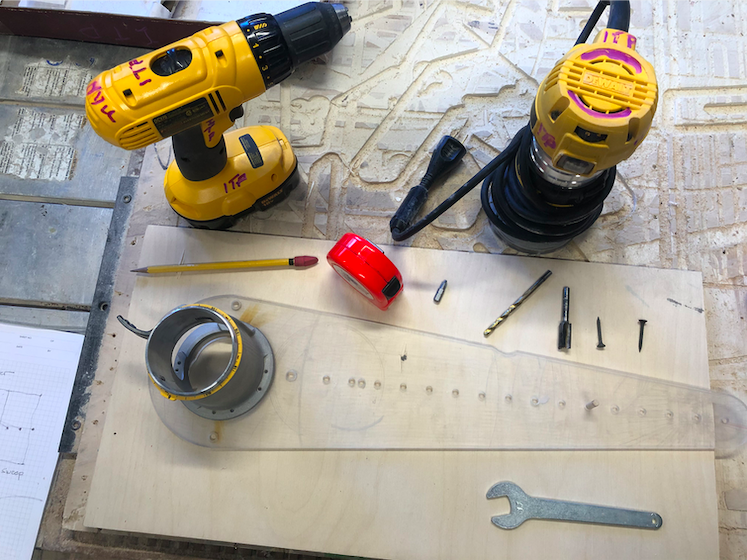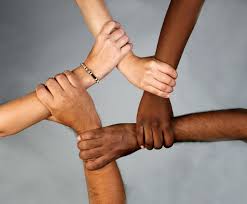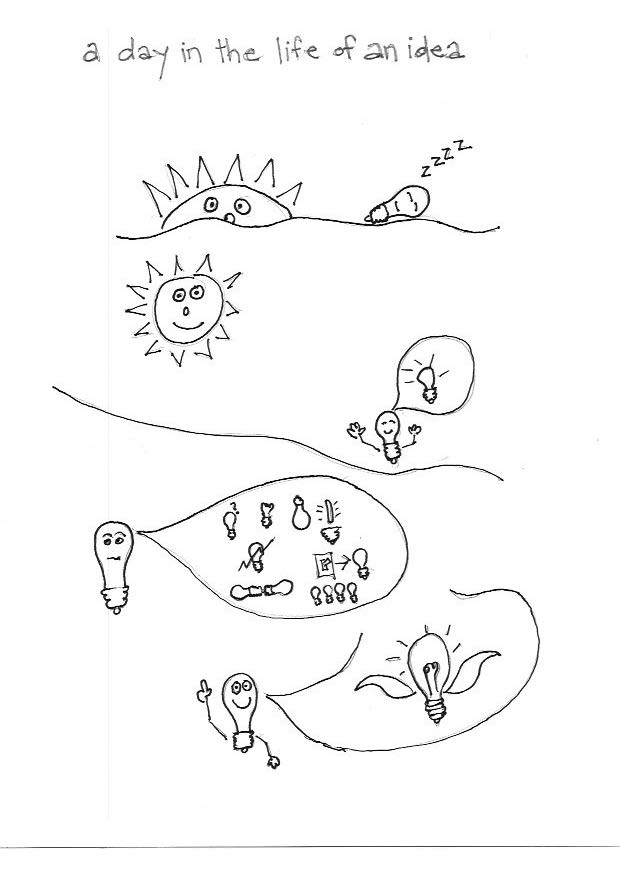Mycelium can time travel.
Mycelium existed at the beginning of time and even earlier as spores travel throughout the galactic expanses upon comets and stellar winds. The fungus sees into the future and sees its future environment and responds to its change for its own fuel in the ecosystem food chain. The fungus transcends time in both life and death and is non linear allowing it a successful and versatile evolutionary strategy.
Mycelium in all its forms lives in the physical and metaphysical world and transcends time by existing and growing non linearly. By changing paths from homo sapiens early on in its development, it choosing to go underground allowing itself to live within and outside the limited spectrum of light of that of humans.
Mycelium operates at a level of complexity that exceeds computational super computers. It is earths’ natural internet and relays enormous amount of data regarding the movements of all organisms through the landscape.
In the article ‘Unruly Edges; Mushrooms as Companion Species’, fungi have the ability to slow down time and take you back in time to discover and rediscover your past present and future.
“What better than to encounter the orange folds of chanterelles pushing through the dark wet or the warm muffins of king boletes popping up through crumbly earth. The excitement of color, fragrance, and design —not to speak of pride to be the first to find them—well up. But of these delights the best, I think, are two: first, the undeserved bounty of the gift; and second, the offer of a place that will guide my future walks.”
As the article suggests, there is a remembrance of the past as it relates to the present and the familiarity of the place. Even as the environment changes there is a permanence of discovery that brings you back to this place.
In my opinion John Cages obsession with mushrooms translates into his study and composing of music to remove the surrounding noise and to hear the world with no distraction of time.
In the installation ‘Bodies of Change’ the Mycelium Shroud composed of mycelia fungi is stopping time by simultaneously replicating the process of growth decomposition and adding the nutrients and removing the toxins. Time is frozen in this perfect symbiotic dance between life and death.
This is only one aspect that I derived from the world of Mycelium, but I would like to further explore the metaphysical universe of fungi as it journeys through time.




























